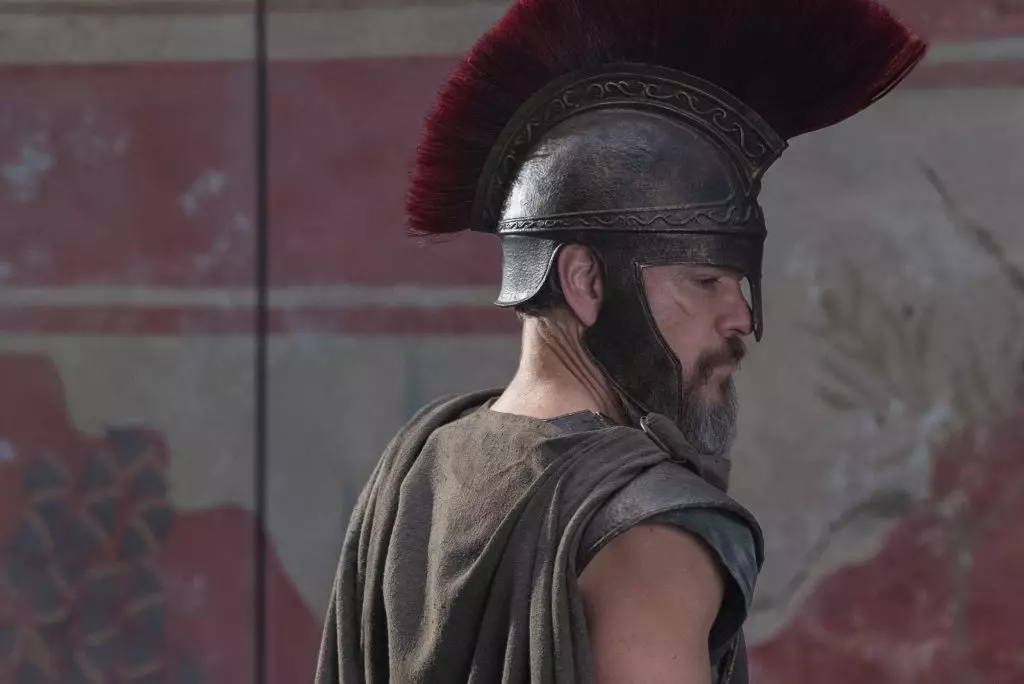The release of Christopher Nolan’s latest cinematic masterpiece, “The Odyssey,” marked a bold experiment by Universal and IMAX—selling 70MM tickets a year in advance. This strategic gamble not only underscores Nolan’s unparalleled influence but also signals a seismic shift in how audiences engage with blockbuster films. What sets this apart is the sheer level of anticipation generated, transforming the traditional movie release into a cultural event. The rapid sell-outs across some of the most prestigious IMAX venues demonstrate that viewers are eager not just for a film, but for an immersive, almost tactile audiovisual journey. The underlying message here is clear: demand for high-fidelity, large-format presentations remains unabated even in an era saturated with streaming options and digital content.
Exhibitors Harness Nostalgia and Innovation for Higher Engagement
Exhibitors like Regal and AMC are strategically leveraging the allure of 70MM and IMAX formats to reignite the cinema-going experience. This isn’t merely about showcasing a film; it’s about offering a sensory escapade that traditional digital screens cannot match. Regal’s locations, such as Irvine Spectrum and King of Prussia, selling out within hours, highlight how die-hard fans prioritize spectacle over convenience. Even in a competitive landscape where cinema attendance has fluctuated, exclusive formats seem to rekindle the magic of the theatrical experience. The fact that other windows like the TCL Chinese Theatre and Regal Edwards Ontario still have available showings points to a deliberately conservative initial release, perhaps aiming to build sustained momentum without flooding the market.
Audience Loyalty and the Future of Premium Formats
What is particularly notable about the early success of “The Odyssey” is how it reveals the resilience of cinephiles who still Yearn for the grandeur of large-format screenings. The rapid sell-out in key markets suggests that audiences remain willing to invest in premium experiences—provided they are exclusive and innovative enough. These showings serve as a reminder that the cinema isn’t just a vessel for storytelling but a multisensory event that competitors like streaming services can’t replicate. Moreover, the limited initial rollout—only 22 locations for North America with restricted ticket sales—seems designed to cultivate exclusivity, turning each screening into an event and bolstering the film’s prestige.
This approach might set a new standard for major releases, emphasizing quality and spectacle over sheer volume. As Nolan’s “The Odyssey” demonstrates, when fans are offered something rare, they are eager to engage—sometimes at the cost of inconvenience—and that eagerness is a testament to the enduring power of big-screen storytelling. The challenge ahead will be balancing the excitement of exclusivity with the need to sustain momentum, but for now, Nolan’s experiment proves that when done right, spectacle remains king in the cinematic arena.

